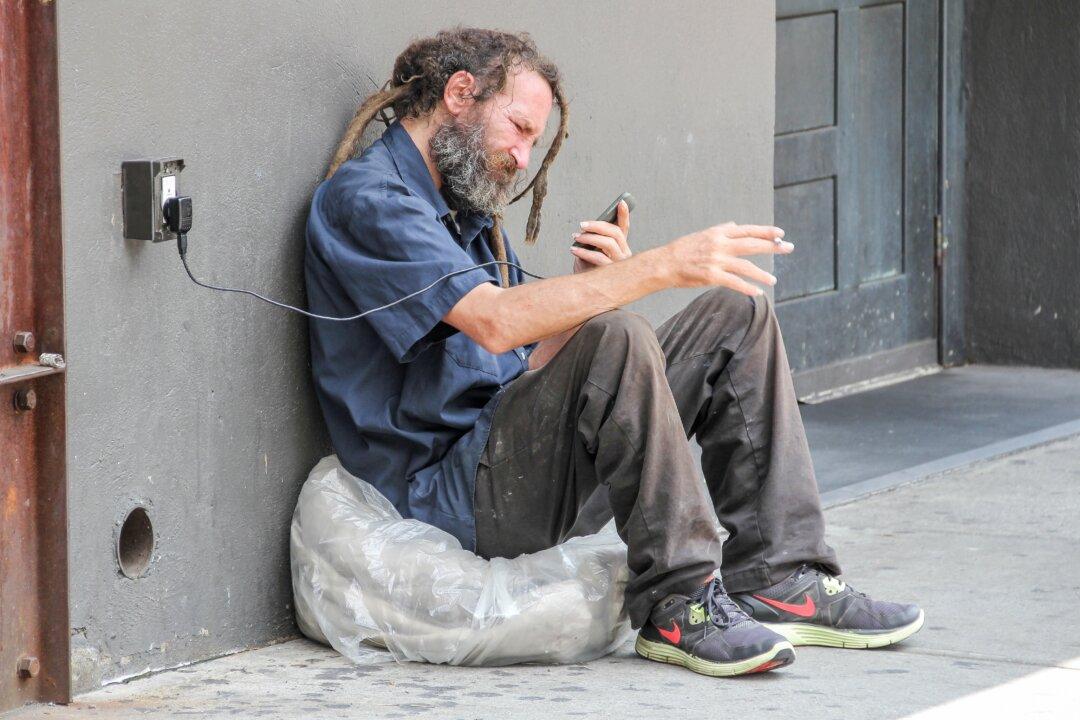There’s been no shortage of hand-wringing over the past 15 months as our nation grappled with COVID-19 and its ripple effects, many of which aren’t medical: the threat of a collapsed economy, government overreach, and increased seclusion along with its affiliated detriments have been concerns.
At the epicenter of this worry have been concerns for the most vulnerable among us, including low-income Americans. Regarding increased seclusion, how might we mitigate the harms of isolation for those already more vulnerable? Many have advocated for increased access to technology via government-subsidized Lifeline cellphones as an innovative way for the poor to remain connected.

